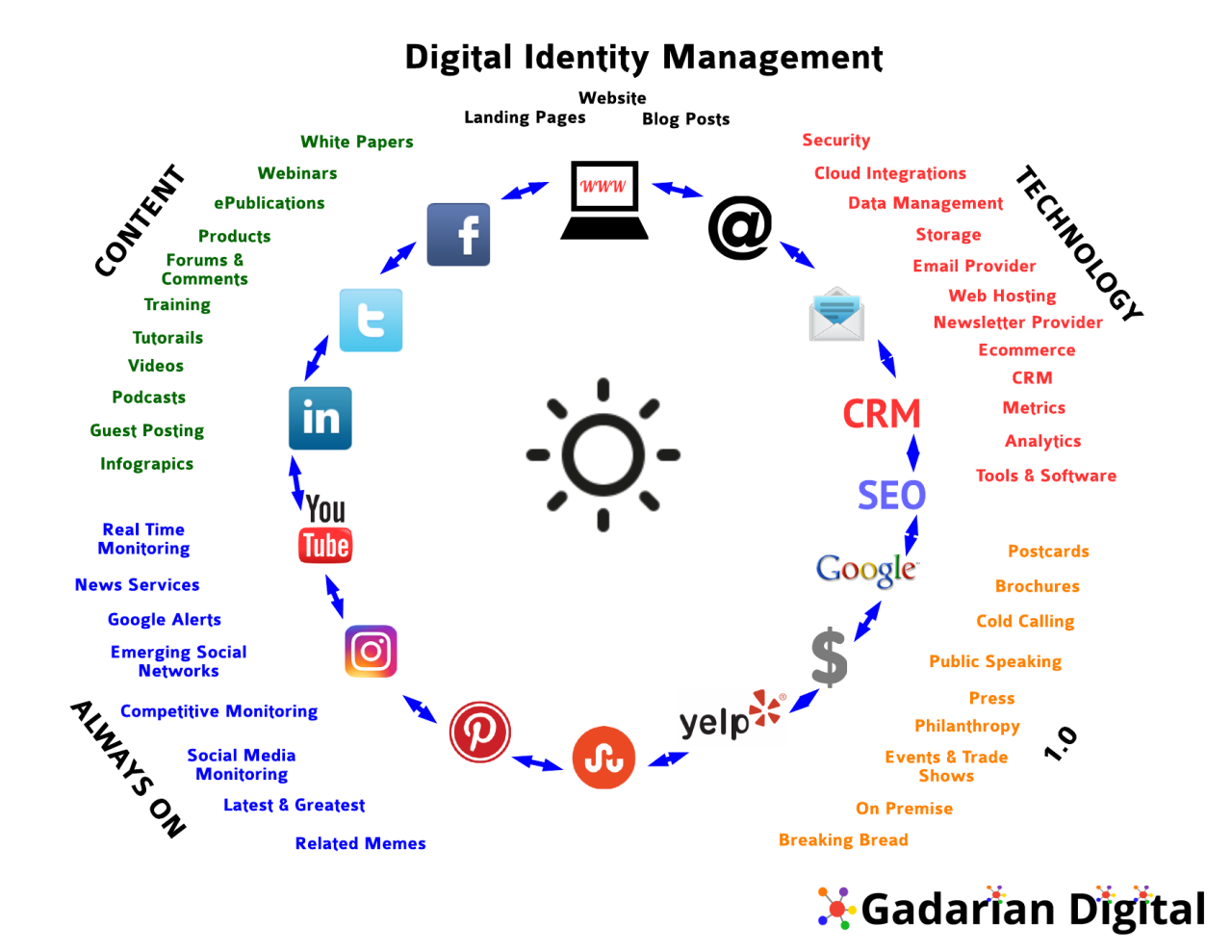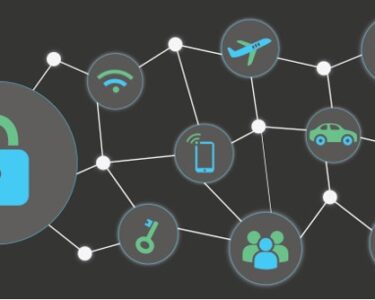
Digital Identity Management
In the digital age, our identities are increasingly defined by the data we create and share online. This data can include our name, address, date of birth, Social Security number, credit card information, and even our medical records. As we interact with more and more services and devices online, the amount of data we generate grows exponentially.
This proliferation of data has created a new challenge for businesses and governments: how to manage and protect our digital identities. Digital identity management (DIM) is the process of ensuring that the data we share online is accurate, secure, and used only for the purposes we intended.
DIM is a complex and challenging task. There are a number of different technologies and approaches that can be used to manage digital identities, and the best solution for a particular organization will depend on its specific needs. However, there are some general principles that should be followed when implementing a DIM solution:
- Use strong authentication mechanisms. Strong authentication mechanisms, such as two-factor authentication, can help to prevent unauthorized access to our digital identities.
- Control access to our data. We should only share our data with organizations that we trust, and we should be careful about what information we share.
- Monitor our digital identities. We should regularly review our online accounts and make sure that our data is accurate and secure.
- Be aware of the risks of identity theft. Identity theft is a serious crime that can have a devastating impact on our lives. We should take steps to protect ourselves from identity theft, such as shredding sensitive documents and using strong passwords.
DIM is an essential part of protecting our privacy and security in the digital age. By following these principles, we can help to ensure that our digital identities are safe and secure.
Benefits of DIM
There are a number of benefits to implementing a DIM solution, including:
- Improved security: DIM can help to protect our digital identities from unauthorized access and identity theft.
- Increased privacy: DIM can help us to control who has access to our data and how it is used.
- Improved convenience: DIM can make it easier for us to access our online accounts and services.
- Reduced costs: DIM can help organizations to reduce the costs of identity management and compliance.
Challenges of DIM
There are also a number of challenges associated with implementing a DIM solution, including:
- Complexity: DIM is a complex and challenging task. There are a number of different technologies and approaches that can be used to manage digital identities, and the best solution for a particular organization will depend on its specific needs.
- Cost: DIM can be expensive to implement and maintain.
- Privacy concerns: DIM can raise privacy concerns, as it involves collecting and storing personal data.
- Interoperability: There are a number of different DIM standards and technologies, and it can be difficult to ensure that they all work together seamlessly.
Despite these challenges, DIM is an essential part of protecting our privacy and security in the digital age. By following the principles outlined in this article, we can help to ensure that our digital identities are safe and secure.


